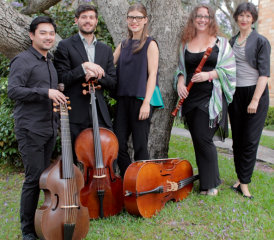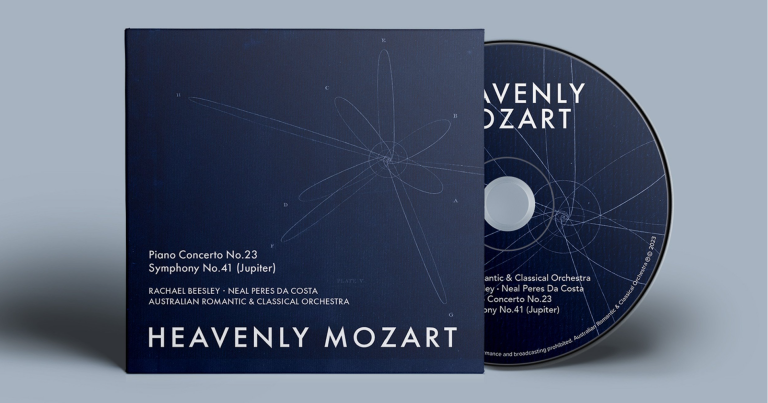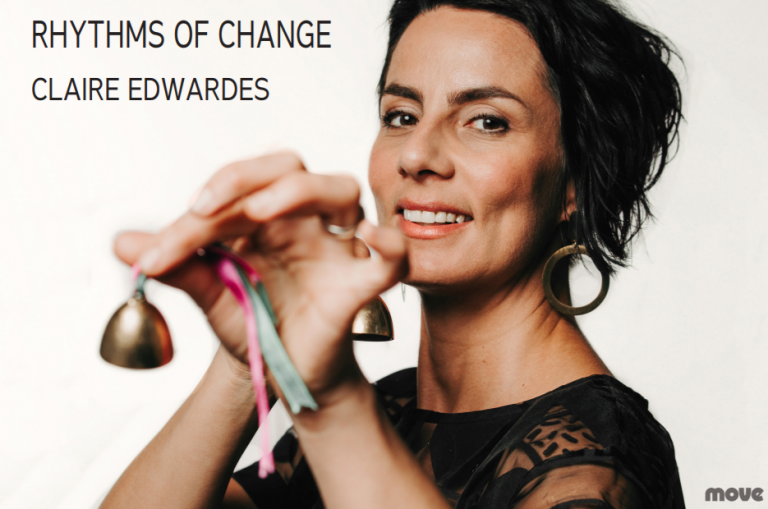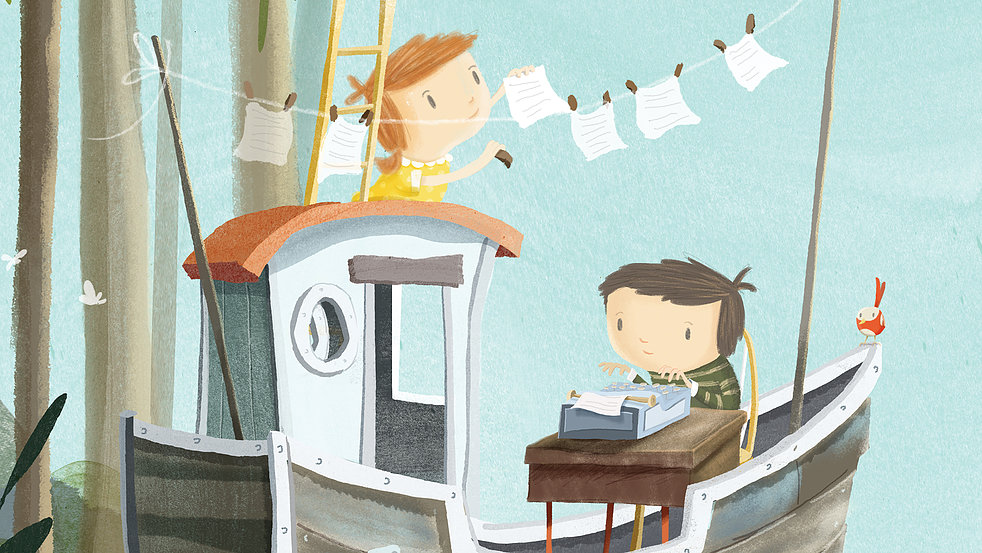Concert Review: The Birch Tree/Thoroughbass

Thoroughbass
The Birch Tree
St Luke’s Anglican Church, Mosman
8 November 2015
Joanne Arnott (recorder), Lucy Cormack (cello), Shaun Ng (viola da gamba), Angus Ryan (cello), Diana Weston (Director and harpsichord)
One of the intriguing musical developments of the past few years has been the way in which period musical instruments are being utilised in performing new music. In addition to recent experiments such as an electric viola da gamba, we also have contemporary composers and arrangers writing for period instruments and requesting different performance techniques such as pizzicato for the viola da gamba.
The recent recital by the Thoroughbass ensemble was particularly notable because it marked the first performances of new pieces by two highly respected Australian composers, Ann Carr-Boyd and Elena Kats-Chernin. The concert featured works which take folk music as their starting point and then proceed to develop it in new directions. The title of the concert, The Birch Tree, is taken from a Russian folksong and was applied as a metaphor for the development of new music branching and growing from a small sapling. During the course of the recital the programme drew on the music from eight different folksong traditions.
The concert opened with Mary Mageau’s Variations on Scarborough Fair arranged for tenor recorder, viola da gamba and harpsichord. The arrangement nicely retained the song’s wistful mood and sequentially gave the tune each of the instruments.
This was followed by a selection of eight of Bartók’s short Hungarian pieces For Children. Originally written for piano they were arranged by Diana Weston for cello and harpsichord. Angus Ryan’s cello part was rather subsidiary in this arrangement, though he also contributed percussive effects with hand-clapping of some rhythmic complexity.
The first of the afternoon’s two premieres was Ann Carr-Boyd’s Suite for Diana, written for solo harpsichord and dedicated to Diana Weston. It is based on folksongs from Australia, Latvia and the Middle-East. Because of the nature of the sound of the harpsichord the work captured the playfulness of songs such as The Wild Colonial Boy better than some of the more reflective pieces.
Sarasate’s Playera was arranged for cello and harpsichord by Diana Weston. Lucy Cormack captured the Spanish rhythms and modality nicely, with a warm, well projected sound. The sustained tonal quality of the cello contrasted nicely with the preceding items.
Mary Mageau’s arrangement of Greensleeves utilised the same trio of instruments as her Scarborough variations, starting and ending effectively with the solo tenor recorder.
A second selection from Bartók’s For Children presented seven pieces, this time from the Slovakian volumes. Again arranged by Diana Weston for cello and harpsichord, they have quite a different feel from the Hungarian ones and gave Angus Ryan a good opportunity to project the sustained, reflective nature of some of the pieces.
The afternoon’s second premiere was Elena Kats-Chernin’s arrangement of the Russian folksong The Birch Tree, which provided the title for the concert. Scored for cello and harpsichord it was assertively played by Lucy Cormack though this sometimes dominated the balance with the lighter sound of the harpsichord.
The final work on the programme was Astor Piazzolla’s Invierno Porteño (Winter in Buenos Aires). This was perhaps the most successful of Diana Weston’s arrangements, featuring the varied tonal qualities of recorder, viola da gamba, cello and harpsichord. Especially effective was the contrast between the plangent timbre of the gamba and the full sound of the cello. Piazzolla’s tango rhythms were carried mainly by the harpsichord, but its softer tone did not allow these to be projected to an ideal extent.
The Birch Tree programme was a very creative concept and an interesting exploration of the ways in which folk music can be reworked. Many of the pieces were very brief, however, with some 26 different items or sections in the recital of just under an hour. This sometimes produced a rather disjointed feeling, since few of the pieces had much time for development. There were also some indications that the ensemble’s rapport might have benefited from an additional rehearsal.
The concert also marked the release of an appealing new The Birch Tree CD by Thoroughbass which contains essentially the same enterprising collection of pieces. This attractive programme is to be repeated in The Rose Room, Burradoo, near Bowral on 21 November.
Larry Turner for SoundsLikeSydney©
Larry Turner has been singing in choirs for many years – both in Sydney and London. He is an avid attender of operas and concerts, with an emphasis on vocal music. He particularly enjoys music from both the great a capella period and the baroque – especially the lesser-known works of Bach and Handel. He has written programme notes for Sydney Philharmonia, the Intervarsity Choral Festival and the Sydneian Bach Choir and is currently part of a team researching the history of Sydney Philharmonia for its forthcoming centenary.







